INKUBATOR
_______
Material Experimentation Between Subtraction and Addition – Limestone and Resin as Form Generating Agents
The first year of study focused on foundational interdisciplinary design principles, developed in collaboration with the Industrial Design program. The objective was to engage in material-based experimentation and explore processes that reveal aesthetic and spatial potentials. This particular project centered on the interaction between limestone and acetic acid—a subtractive transformation in which the material is gradually dissolved and reshaped through chemical reaction.
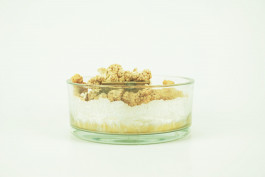
During the decomposition process, an unexpected additive phenomenon emerged: salt deposits formed as the liquid evaporated and adhered to the stone’s surface. As a result, the initially subtractive approach evolved into a dual-process system combining material erosion with crystalline accumulation. The resulting textures and formations alternated between erosion-driven reliefs and sediment-like build-ups, creating novel topographical qualities.
A custom-designed setup was implemented to regulate and spatially direct the crystallization process. Salt deposits were encouraged to accumulate along predefined geometries and structural elements. The conceptual focus was on generating connections between volumes and articulating interstitial voids. Throughout the process, variables such as surface treatment, reaction time, and the quantity of dissolved limestone emerged as key parameters for controlling the formal expression of the resulting objects.
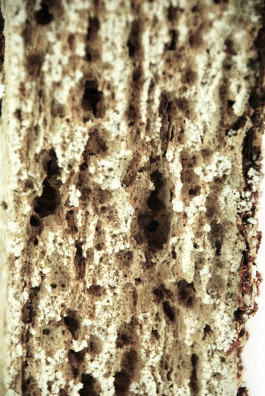
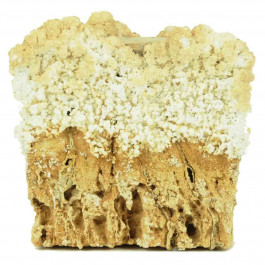
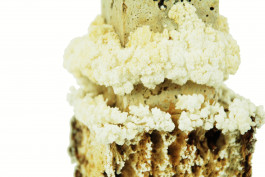
The observed phenomena were further developed into a series of sculptural artifacts. Some pieces emphasized the intensity of salt accumulation, influenced by targeted surface manipulation, while others explored the formation of spatial connections through directed growth. To steer the crystallization, select surfaces were roughened to attract deposits, while others were polished to repel them. The irregular textures enabled the salt to adhere and grow along carved lines, thus allowing control over the directionality of the material expansion.


Connections between individual elements were manipulated by adjusting the amount of limestone and the acidity of the solution. In terms of formal aesthetics, emphasis was placed on the spatial tension between solid mass and void. The final object synthesized the insights gained throughout the process, embodying an aesthetic grounded in the interplay of subtraction and addition, as well as the juxtaposition of density and openness.
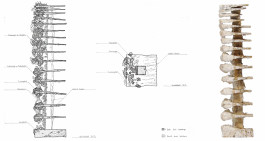

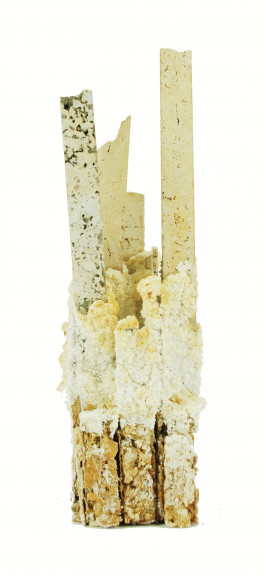
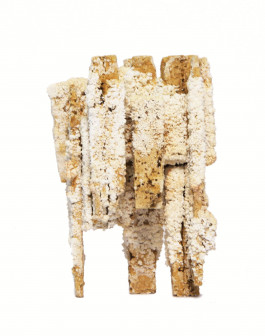
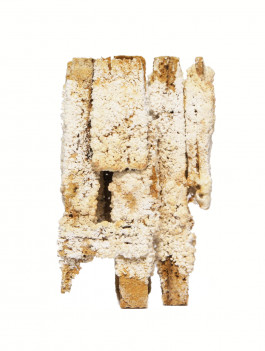

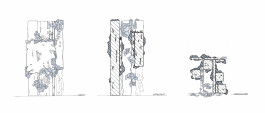
In a subsequent phase, the methodology was combined with a second student project to generate a new design narrative. The materiality of epoxy resin was adopted as a new medium. The challenge now was to integrate the previously explored subtractive/additive logic with the unique physical behaviors of the resin.
Epoxy resin undergoes an exothermic reaction while curing and, when cast underwater, it rises as it hardens. This dynamic was intentionally harnessed to allow the resin to accumulate on and around new structural forms. In this phase, the limestone was replaced by the human body—specifically, the hand—as the structural template.
The resin was poured into gelatin molds that dissolved in water over time (subtractive phase). These molds were held in the hand, and as the resin began to react, it rose and enveloped the hand, forming a sculptural addition. The resulting artifact is a physical extension of the body—a custom-fitted glove, so to speak. The final form embodies a direct interplay between material, body, and process
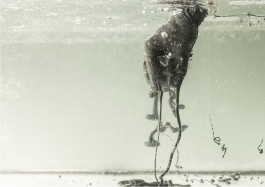
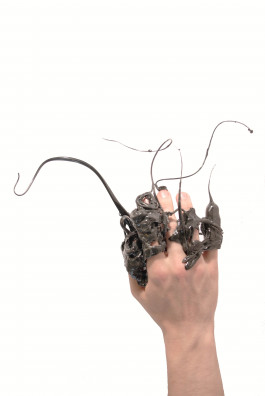
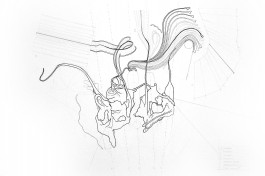
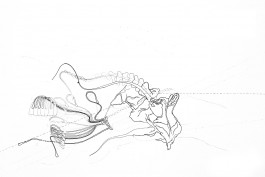
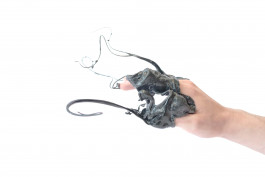
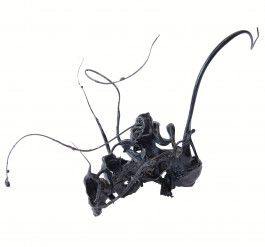
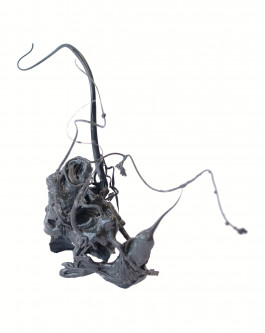
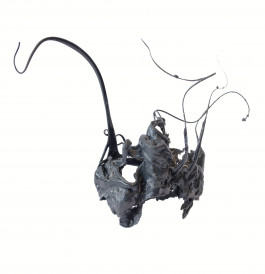
University:
Studio:
Project:
Professors:
Students:
Semester:
Staatliche Akademie der
Bildenden Künste Stuttgart
Klasse für Grundlagen der Gestaltung
Inkubator
Prof. Fahim Mohammadi
AM Natalie Weinmann
Markus Schiemann
Simon Gehring
WS 2015/16 Bachelor